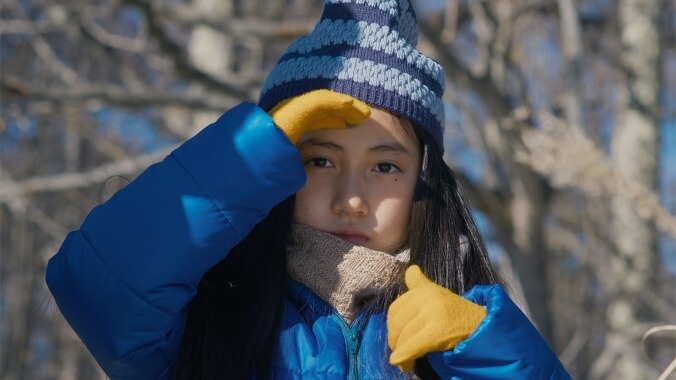Evil Does Not Exist review: A complicated moral mystery that’s both thriller and fable
Director Ryusuke Hamaguchi’s film is one for the ages
Film Reviews Evil
Evil Does Not Exist takes its time. At the beginning there’s foreboding music on the soundtrack as the camera moves across nature and vegetation. Then a character appears out of nowhere, startling the audience. Almost half an hour passes before a character even speaks. In that dichotomy of patience and alarm lies the genius of Ryusuke Hamaguchi’s follow-up to the Oscar-winning Drive My Car. It’s a fable, like a simple game of good versus evil, that unspools with such density of narrative that it takes the breath away.
Hamaguchi’s sparse storytelling starts with building a sense of space. The audience is introduced to the rural mountainous hamlet of Mizubiki. The camera closes in on the terrain, the water springs, the tall trees, before revealing any characters. Once they are introduced, the script lays the ground for the plot by showing us how they live, where they get their water and how they interact with each other. For a while there’s no plot whatsoever, as if we are watching a documentary about this community that lives in this small town on the outskirts of Tokyo. Yet all these details are clues for what will transpire later in the film.
When a marketing agency comes to town revealing plans to build a glamping site, one character takes center stage: Takumi (Hitoshi Omika), a jack of all trades who seems to know the most about the town. Quickly the agency people (Ryuji Kosaka and Ayaka Shibutani) begin to see him as someone who could help them convince the townspeople of their plans. But Takumi needs to be cajoled and persuaded first. Thus begins the game; the players are identified and the stakes are revealed. But there’s no clear antagonist or protagonist. If good versus evil were a sliding ruler, then the characters in Evil Does Not Exist are all closer to the middle. The outsiders seem unaware of their motivations and guileless to their ramifications, the righteous seem passive and unyielding. The screenplay may draw lines but the moral mystery remains murky, making each move by either party absolutely fascinating. Even something as innocuous as an invitation to lunch or an outdoors walk comes with much more ethical weight.
The story is told in long scenes full of detail. The actors’ movements are either limited or slowly methodical, allowing the audience to take in everything in the frame. Most of the characters are taciturn and monosyllabic and the ones who aren’t never tell you what they mean. The tension is a slow burn, never becoming heated. A soundscape of ominous music and natural forest sounds that hints at impending doom supplements this eerie atmosphere. Evil exists, of course, but it’s deathly quiet.
This gives the actors much to play with. Omika makes Takumi both a grounding presence and an unsettling one. It’s a performance of mystery; the audience never gets a glimpse into what the character is thinking, yet his gaze and his mannerisms provide the only clues. Kosaka has the difficult task of playing reckless insouciance coupled with foolish bravado while maintaining the film’s composed tranquility. It’s a clash of tones that he conveys brilliantly, making the central conflict even shadier than it already is.
Evil Does Not Exist builds like a crescendo to an ending so shocking it takes the wind out of the audience. It’s also an ending that raises more questions than it answers. Those beguiled by this film will continue to discuss it months later. Hamaguchi presents an uncomplicated tale about contemporary issues—corporate greed, climate change—packed with so many complex narrative beats that it plays like a dense 19th century novel. It’s simple, but it explains life itself.